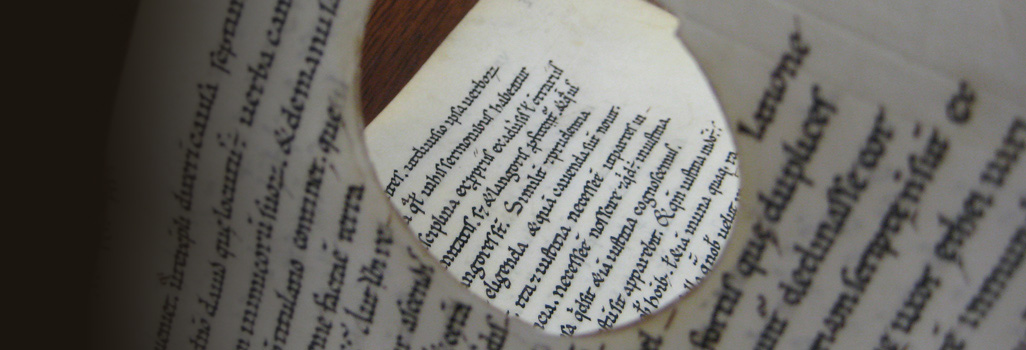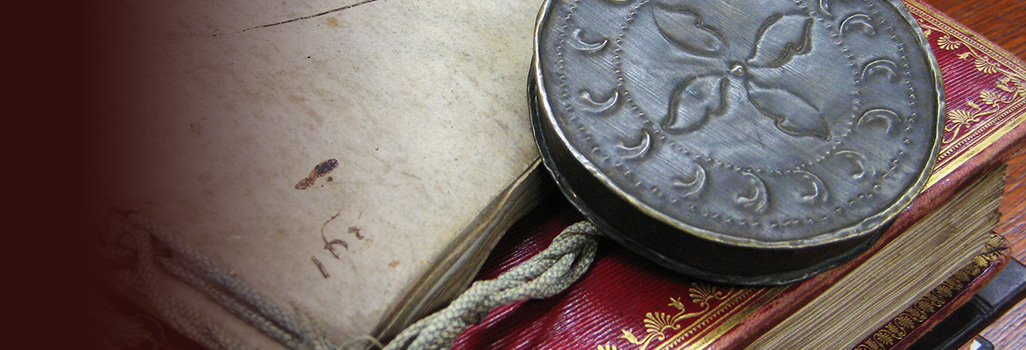Seminar: “They have mouths, and speak not”: The Depiction of Pagan Idols in Byzantine Art
Giovanni Gasbarri (Mellon Fellow, PIMS)
Following a rich scriptural tradition that originated from the second commandment in Exodus (20:4–6), most Christian writers in Late Antiquity displayed an attitude of strong disapproval toward idols, portraying idolatry as a quintessential feature of paganism and heresy. Even though a proper approach to religious art was eventually theorized and even encouraged, the condemnation of the idols persisted as a leitmotif in every debate about the legitimacy of using images in Christian rites. The Byzantines in particular were always very prudent in considering the dangerous consequences of idolatry. For a society that in the eighth century had been seriously affected by the Iconoclast crisis, any ambiguity between idols and icons could pose a risk to the stability of Orthodoxy and would need to be assessed very carefully. This concern had an immediate impact on Byzantine artistic production, which was expected to guide the audience to a proper understanding of sacred images. The earliest Byzantine depictions of idols began to appear immediately after the end of Iconoclasm (843) in conjunction with the establishment of new criteria of orthodoxy for religious art. Manuscript illumination became a privileged medium for the development of new ways of representing idols and idolatry, especially in the illustration of Psalters, homilies, and theological treatises. After this, in accord with the increasing proliferation of hagiographical cycles from the eleventh century onward, idols made their appearance in icons and wall paintings.
By taking into account a selected group of depictions of pagan idols between the ninth and the fifteenth century, this seminar will analyze how idols were represented in Byzantium and assess the implications of these depictions in the Byzantine artistic world. After some theoretical consideration of the criteria according to which an artifact can be considered an idol, particular attention will be paid to the role played by Judaism in defining the early Christian and Byzantine visual approach to idolatry.


